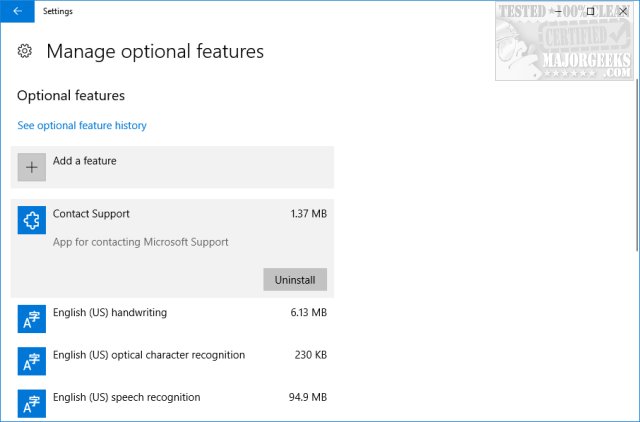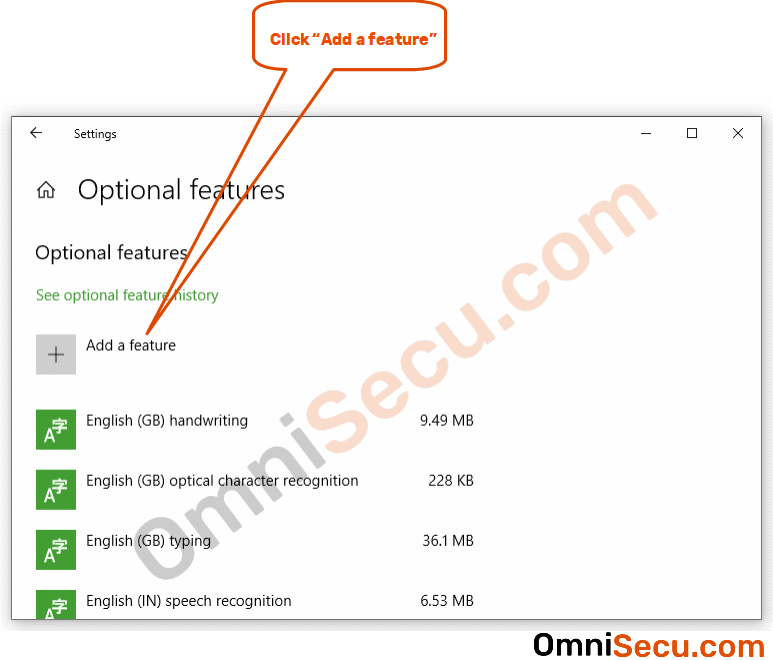
#Windows openssh windows
You can see we are choosing the ‘Enforcement’ mode for the policy, we are filtering Compute Engine instances to be only those with a ` windows` OS, via the ` osShortNames` parameter, and (optionally) we are only going to apply this policy to instances that have the label ` ssh` with the value ` installed` you can also have ` exclusionLabels` if you want to do the reverse, or remove the label entries entirely if you want to apply the policy to your Windows systems. Set-Service -Name sshd -StartupType 'Automatic' If ($service.Status -eq 'Running') Īdd-WindowsCapability -Online -Name OpenSSH.Server~~~~0.0.1.0 We need to add Alice’s Public key ( alice.pub) to Alice’s home directory and to achieve this you’ll need to be logged on as an Administrator (either locally or remotely) to create the authorized_keys file in the User Profile. In this example let’s assume that a user called Alice already exists on a Windows Server called win2019-ssh and has a User Profile created.

This option provides a shared Administrative login facility but does not require a User profile. This option requires the User account to be added to the Server and a $HOME directory created.Īdministrators_authorized_keys file located in the C:\ProgramData\ssh directory. OpenSSH Server in Windows has two options for adding your Public key:Īuthorized_keys file located in each Users’ home directory. No need to copy it/rename it elsewhere (except, may be, to keep the original version) The USERPROFILE. If you don’t have an existing Public and Private keypair you can generate one using the ssh-keygen command. Following PowerShell/Win32-OpenSSH issue 1297, you should simply modify C:WindowsSystem32OpenSSHsshdconfigdefault and then restart the SSH service. The next step is getting your SSH keys added so that you can login. PS C:\> Set-Service -Name sshd -StartupType 'Automatic' Windows Server 2019 and Windows Server 2022 Images on Google Cloud come with the OpenSSH Client installed and enabled by default and the OpenSSH Server disabled. Getting started with OpenSSH Server on Windows Server Alternatively, if there’s a predetermined time that you want to automate the execution of the Restart-WebAppPool command, you can also use Cloud Scheduler to use the SSH functionality in gcloud to log in and execute the Powershell command. This process can be automated in a variety of ways, one of which could be to create a Pub/Sub topic integrated with a Cloud Function to log in to the Server via SSH and execute the Restart-WebAppPool Powershell command. OpenSSH Server support in Windows Server can be beneficial for Google Cloud customers in addition to using standard SSH clients to remotely connect and administer a Windows Server, you can now also leverage the Google Cloud SDK via the gcloud command to integrate with the rest of the Google Cloud ecosystem to set up workflows and automation.įor example, let’s assume that you wanted to automate the recycling of an IIS Application Pool if the Web Server CPU usage was greater than 90%. Prior to OpenSSH being supported in Windows, Users and Administrators of those operating systems were required to use Microsoft Remote Desktop Protocol or Powershell Remoting for remote access. OpenSSH, developed by The OpenBSD Project, provides secure connectivity to another computer using encrypted communication based on the Secure Shell (SSH) protocol. In autumn of 2018 Microsoft added OpenSSH support to Windows Server and Windows Desktop Operating Systems.


When done this way you can save cloud and IT teams a tremendous amount of time and toil, especially for tasks like VM state validation which we’ll talk about in this blog. You can create a Windows Terminal profile that does this on startup by adding the commandline setting to a profile in your settings.json file inside the list of profile objects.One of the best practices for managing your virtual machines in the cloud is to rely on smart automation for certain tasks. You can start an SSH session in your command prompt by executing ssh and you will be prompted to enter your password. Windows Terminal version 1.XX+ can dynamically generate profiles to connect to the SSH hosts within your OpenSSH config file.


 0 kommentar(er)
0 kommentar(er)
